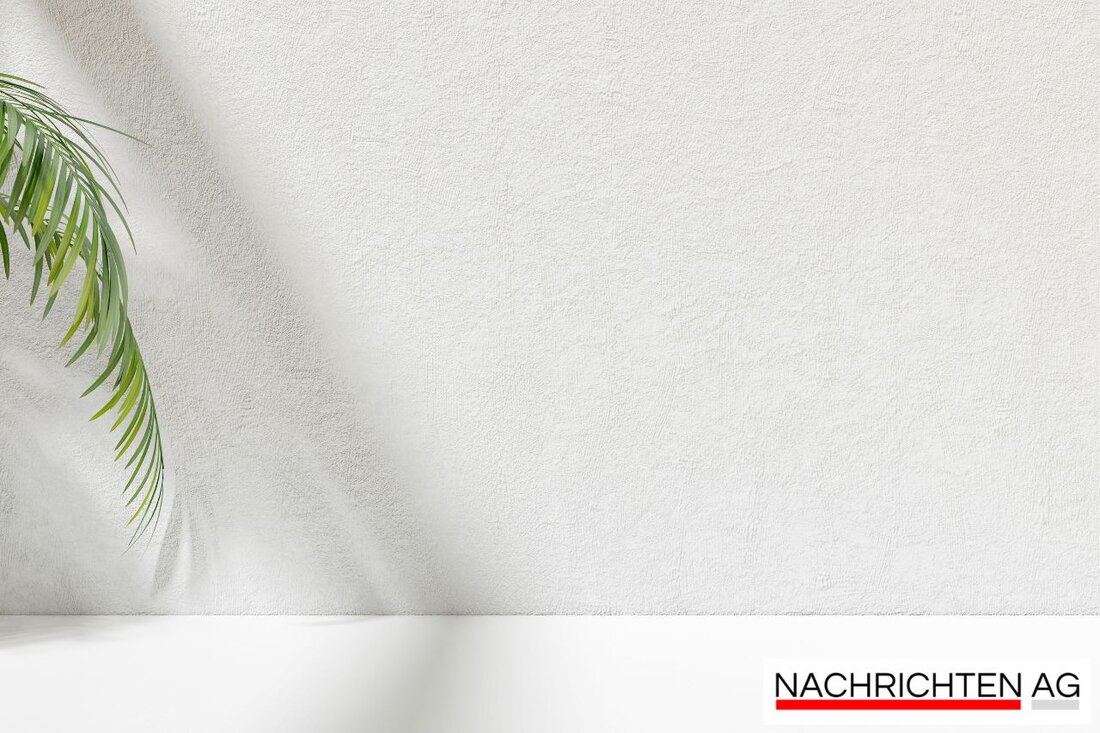Special session: 35 years of German unity – CDU celebrates freedom!
Mecklenburg-Western Pomerania is planning a special session to mark the 35th anniversary of German unity. CDU discusses celebrations and memorial work.

Special session: 35 years of German unity – CDU celebrates freedom!
Today, July 15, 2025, Mecklenburg-Western Pomerania is planning a special session of the state parliament to properly commemorate the 35th anniversary of German unity. CDU parliamentary group leader Daniel Peters emphasizes the importance of the state parliament as a central place of appreciation. He recalls that reunification on October 3, 1990 not only marked a historic moment, but also fulfilled the long-held desire for freedom and democracy for many people in eastern Germany. These words are not only political in nature, but also a call to remember the developments of the last decades.
Peters also suggests that Joachim Gauck, the former Federal President from Rostock, enrich the festivities as a keynote speaker. Following his demands, the Union faction would like to place a comprehensive appreciation of democracy and an honest discussion of the SED injustice at the center of the event. The application also includes proposals to promote voluntary memorial work and to make memorial visits mandatory for students. These measures are intended to ensure that history and its lessons are not forgotten.
The path to unity
The events that led to German unity are among the most formative in modern history. On November 9, 1989, the Berlin Wall, a symbol of division, fell and the GDR lost its “anti-fascist protective wall” that had prevented the population from leaving since 1961. The opening of the border was irreversible, and the following months were marked by vibrant political change. Looking back, the unification of the two German states in October 1990 seems logical, but it was anything but a given. Federal Chancellor Helmut Kohl described this transformative time as a kind of slalom ride through which skillful action by actors in East and West made it possible to overcome the division. These facets of history are impressively documented in the Federal Archives and invite you to better understand what happened.
In the fall, the CDU is planning events that will spotlight the achievements of the peaceful revolution and German unity. The use of new forms of media such as podcasts and video projects is also encouraged to reach and raise awareness among younger generations.
Cultural memory and culture of remembrance
As part of the remembrance work, the cultural aspects of German unity are also addressed. This will be done, for example, with a special 2 euro collector's coin designed by the artist Carsten Wolff from Frankfurt am Main. The motif shows the Saar loop, one of the most fascinating tourist destinations, which represents the scenic and cultural diversity of Germany. The viewer's eyes are drawn to the wooded hilly landscape, while the lettering “SAARLAND” is stylishly integrated. Such projects help to raise awareness of the German federal states and their stories and strengthen regional identities.
The Saar loop, often referred to as “Germany's most beautiful river loop”, attracts many visitors and offers breathtaking views of nature, including from the Cloef. Hiking and exploring the surrounding area is not only a leisure activity, but also a way of coming to terms with one's own identity and the history that shapes us all.
Overall, it is clear that the 35th anniversary of German unity is not only an occasion for celebration, but also an opportunity to face the challenges of the past and actively promote the values of freedom and democracy.

 Suche
Suche
 Mein Konto
Mein Konto